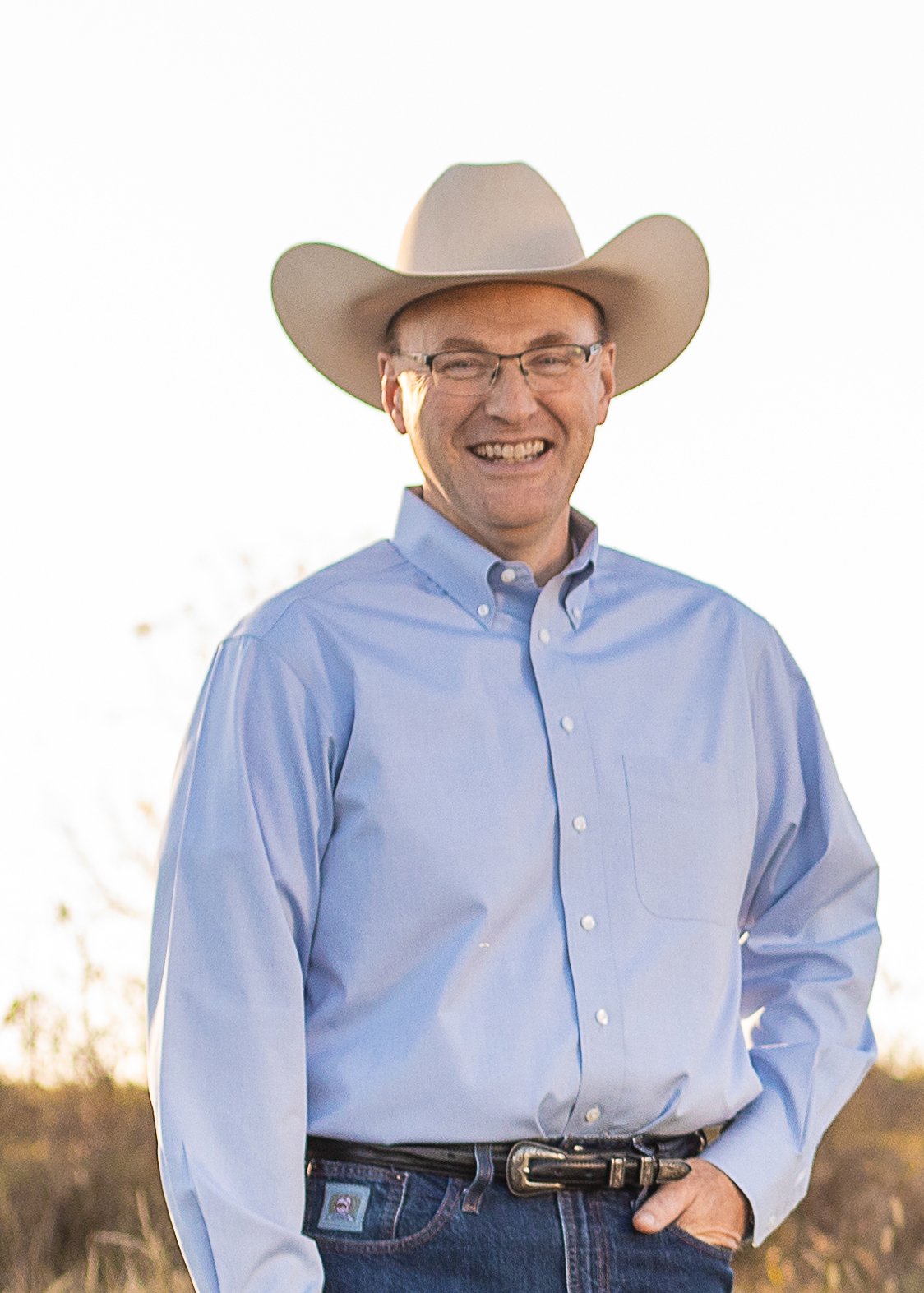Bringing Relevance and Value to the Beef Industry

Beef industry organizations will need to evolve in order to continue to bring value in the future. That philosophy is particularly true for breed associations, said Mark McCully, chief executive officer of the American Angus Association.
McCully spoke recently during the Dr. Harlan Ritchie Symposium for the American Society of Animal Science.
“I think it comes down, very simply, to relevance,” he said. “We all understand that you have to maintain relevancy. You have to continue to bring value.”
Fostering profitability of commercial cattle producers is what brings value to breed associations like the American Angus Association.
Part of that strategy is to guard against complacency — something that can be hard for members of an Association established in 1883. Seedstock breeders and their breed associations must fight against the tendency to become complacent. Driving for constant improvement is hard when the status quo can be comfortable.

“The pace of change today is so incredible,” McCully said. Any organization today has to stay nimble and make decisions in a fast and efficient way. If the last year has taught us anything, he said, it is to adjust as needed.
While change is never comfortable, no matter whether you are a breed association, a company or an individual breeder, it is necessary. Focusing on what will drive the beef industry helps, he said.
“We need to think more about genetic solutions and the commercial industry,” he said. “After all, that’s what we’re here to do.”
One of the ways breeders and their associations can continue to evolve is to adopt disruptive technologies. In the 1950s, artificial insemination was one of those disruptive technologies.
“It was a technology that was very controversial at the time,” McCully said. “Today it seems kind of silly to think of that as disruptive.”
Being closed-minded and looking at technology as a threat will not benefit the industry.
“We have to be very open and quick to embrace and adopt those technologies that may very well change the procedures of what we do,” he said. “We need to make sure that we keep our members relevant to the commercial industry and moving forward.”
The need for data will not change, but the ways we collect and think about it may. Associations will then be charged with making the most of the data.
“I think we have to be very diligent as a breed association to make sure we are building tools that are focused on profitability and biological balance.”
Biological balance is a term McCully uses to describe avoiding extremes that could lead to unintended consequences.
In the beef cattle world, the generation interval is longer than other species.
“When we make a mistake, when we get in the ditch, it takes us an awfully long time to get up out of the ditch.” McCully urged breeders and associations to be thinking about tools that stress optimal production for different environments.
One only has to look back with clarity of hindsight to the 1980s when the industry was seeking the highest frame scores. We know now, there were a lot of unintended consequences to chasing maximums, McCully said.
In addition to providing the right kind of breeding tools to members, other association-offered programs are important. In the case of the American Angus Association, marketing programs like AngusLinkSM are focused on the commercial cattleman, McCully said. They benefit members by helping their commercial customers achieve more profit. The American Angus Association’s AngusLink program helps document the value of calves with genetic merit and process-verified programs.
“It’s about creating value,” McCully said.
In the ever-changing marketplace, making those tools widely available to commercial cattlemen is important.
Where the industry used to describe cattle by hide color and condition, today it is headed toward programs that document the genetic capabilities of groups of cattle.
In the future, McCully also sees the Association serving additional needs. As the speed of change continues, Angus breeders are asking for more education, McCully said. “I believe to stay relevant, we’re going to have to be an educational resource.”
For the Angus breed specifically, education is one of the long-range objectives adopted recently. That plan will help guide the Association in the future.
“It’s about driving breed improvement. It’s about enhancing the membership experience and success. It’s about focusing on the commercial cattleman and the consumer that ultimately trusts the product we are producing,” McCully said.







